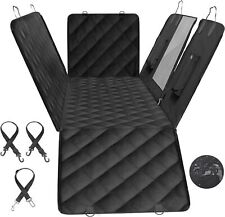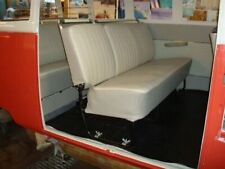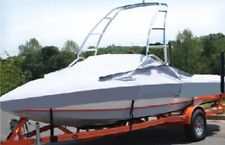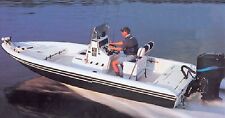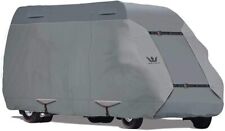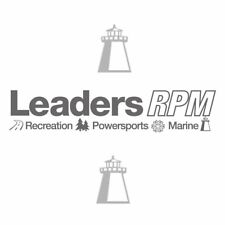All About Dressage

In dressage, the rider aims to teach their horse to respond to the slightest aides thus giving the impression that the horse performs the movements of his own free will. The horse must do this fully balanced or poised with its legs relaxed. Dressage is important for all riders, as a horse is a far greater joy to jump, hunt, or hack out on if he is able to balance himself. Unlike in the past, Dressage is an open sport today. Professional and amateur riders alike on all breeds of horses are competing side by side. The modern Dressage show circuit is very structured. There are numerous levels of Dressage, Intro Level – FEI Grand Prix.
Each level has it’s own set of tests, one to four tests per level, with required movements and patterns the rider/horse combination must perform. These movements are scored by a judge on a scale of 1 to 10, ten being the highest. There are marks given for each of the movements of the test. Then there are what they call collective marks at the bottom of the test. These marks are:
- Gaits – freedom, regularity of movement
- Impulsion – desire to move forward, relaxation
- Submission – attention, willingness to accept bit
- Riders position and seat – correctness and effectiveness of aids
All this is tallied and is divided by the total number of possible points to arrive at a percentage score for the ride, the highest percentage being the winner. Each test within a level and each level gets progressively more difficult. The level system is for the purpose of allowing the horse time to develop the right muscles to continue on to harder and more strenuous movements. If you were to rush a horse to fast through the levels you could easily cause his legs and back to break down.
The level system was developed by committees of the AHSA – American Horse Show Association and the USDF – United States Dressage Federation. Dressage training is helpful for any breed of horse regardless of the discipline he/she is in. The objective of Dressage is to obtain harmony between horse and rider. The horse should be relaxed and should use his back by pushing off with his back feet instead of pulling himself forward with his front feet. He should be "on the bit" which means chewing, frothing, and not leaning on the reins. He should overtrack meaning that his back foot should step beyond the foot print left by the front foot. His face should be vertical.
A great team (horse/rider combination) should appear to function as one unit, performing the movements effortlessly. It should appear as though the rider is just sitting there and the horse is executing the movements all on his own! This is a very simple explanation of the Dressage objective but gives you a general idea of the goals involved. Any horse who achieves these objectives will be easier to handle and more relaxed and as a result will perform better no matter what discipline he is in.

